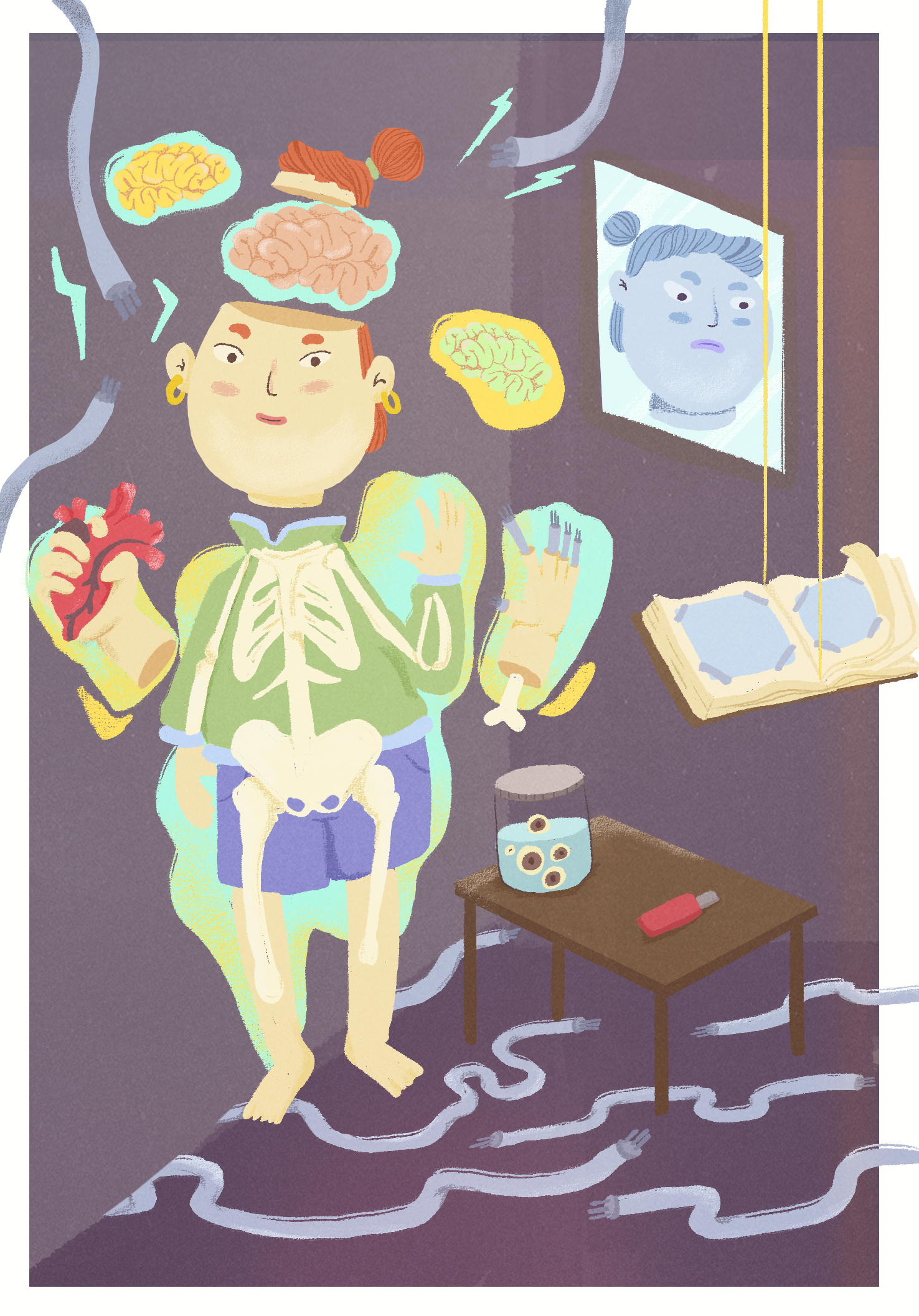A look inside the body:
About the domestication of the diagnostic images of the body in the everyday life's field
DOI:
https://doi.org/10.18046/retf.i14.3552Keywords:
Diagnostic images, body, human body, medicine, techno-science, anthropologyAbstract
This paper is an anthropological approximation to Magnetic Resonance Imaging (MRI), that as well as x-rays, ultrasound, or mammography, are part of the group called Diagnostic Images. These images seem to be increasingly familiar to us, as a way of visualizing the inside the body, however, these have not always been this way. Therefore, this paper inquires how these Diagnostic Images have been incorporated into our daily lives and have been naturalized to the point of open new possible ways of imagining the body. Therefore, this paper is structured as follows: First, it illustrates the place occupied by diagnostic images in the production of imaginaries about the body, especially in the field of health. Then, as a contrast, it presents a sequence of moments that characterize the feelings of strangeness and consternation that those diagnostic images caused in its beginning -with x-rays-. The next stage it exposes why these images are not as neutral or reliable as they seem, but rather they are an artifice produced by technical manipulations and human interactions. Finally, it observes that, in spite of their 'artificiality', these images have more and more power in the ways in which the body is imagined, felt, understood and intervened. In other words, this paper is an attempt to destabilize the familial gaze that falls on these images, and to dismantle their daily senses.
Downloads
References
Beaulieu, A. (1994). The Truth of the Trace: constructing the power of the medical imagen. (Tesis de Maestría). McGill University, Montreal.
Beaulieu, A. (2000). The space inside the skull: digital representations, brain, mapping and cognitive neuroscience in the decade of the brain. (Tesis de Doctorado). University of Amsterdam, Netherlands.
Beaulieu, A. (2002a). A space for measuring mind and brain: interdisciplinarity and digital tools in the development of brain mapping and functional imaging, 1980–1990. Brain and Cognition. Vol (49), 13–33. Doi: 10.1006/brcg.2001.1461
Beaulieu, A. (2002b). Images Are Not the (Only) Truth: Brain Mapping, Visual Knowledge, and Iconoclasm. Science, Technology & Human Values. 27(1), 53-86. Doi: 10.1177/016224390202700103
Castro, X (2016). Cuerpo, subjetividad y tecno-ciencia: una aproximación psicoanalítica. Cali, Colombia: Universidad Icesi – Facultad de Derecho y Ciencias Sociales.
Cisternas, C. (2015). Un Sim en un enjambre de sueños: Borges, Bostrom, Baudrillard y el argumento de la simulación. KubernÉtica. Chile:Universidad de concepción.
Dumit, J. (2003). Is it me or my brain? Depression and neuroscientific facts. Journal of Medical Humanities, Vol. (24), pp. 35-47.
Dumit, J. (2004). Picturing personhood. Brain scans and biomedical identity. New Jersey, Estados Unidos: Princeton University Press.
Foucault, M. (2004). El nacimiento de la clínica: Una arqueología de la mirada médica. Buenos Aires, Argentina: Siglo XXI}
Le Breton, D. (1994). Lo imaginario del cuerpo en la tecnociencia. Reis: Revista española de investigaciones sociológicas. (68). 197-210
Le Breton, D. (2002). Antropología del cuerpo y la modernidad. Buenos Aires, Argentina: Nueva Visión.
López, C. (2010). Hermenéutica del cuerpo doliente-dolido desde la fenomenología del sentir. En Investigaciones Fenomenológicas, vol. monográfico 2: Cuerpo y alteridad.
Mandressi, R. (2008). Técnicas de disección y tácticas demostrativas: instrumentos, procedimientos y orden del pensamiento en la cultura anatómica de la primera modernidad. Historia y Grafía, Vol (30), pp. 167-189.
Mandressi, R. (2009). Preuve, expérience et témoignage dans les «sciences du corps». Communications, 84 (1) 103-118. Doi: https://doi.org/10.3406/comm.2008.2509
Mandressi, R. (2011). Représentation en sciences du vivant: Le cerveau et ses représentations dans la premère modernité (XVI-XVII siècles). Medecine/sciences. 27 (1), 89-93
Mandressi, R. (2016). «La mano y el ojo: técnicas de disección, artificios cerebrales e imágenes del cerebro [...]». En: cicle Imágenes del cerebro, imágenes de la mente, de la Societat Catalana d’Història de la Ciència i de la Tècnica (SCHCT) Barcelona, España.
Mol, AnneMarie. (2002). The body multiple: ontology in medical practice. Science and Cultural Theory. Duke university: Londres.
Ortega, F. (2006). O corpo transparente: visualização médica e cultura popular no século XX. História, Ciências, Saúde – Manguinhos. 13 (1), 89-107.
Pasveer, B. (1989). Knowledge of Shadows: The Introduction of X‐ray images in Medicine. Sociology of Health & Illness. 11(4), 360-381. Doi: 10.1111/1467-9566.ep11373066
Peteiro, J. (2010). El autoritarismo científico. Málaga, España: Gómez & Navarro Comunicaciones.
Roepstorff, A. (2002). Transforming subjects into objectivity: An ethnography of knowledge in a brain imaging laboratory. Folk: Journal of the Danish ethnographic Society. 44 (1). 145-170.
Ronderos, (2010). Juan de Vargas o del oficio de barbero, hacia una microhistoria de los oficios en el Nuevo Reino de Granada del siglo XVII. Historia y Sociedad No. 18 (1). 149 16
Rose, N., & Abi-Rached, (2013). Neuro: The New Brain Sciences and the Management of the Mind. New Jersey, Estados Unidos: Princeton University Press.
Rose, & Abi-Rached, J. (2014) Governing through the Brain: Neuropolitics, neuroscience and subjectivity. Cambridge Anthropology 32(1), 3–23. Doi:10.3167/ca.2014.320102
Wajcman, G. (2011). El ojo absoluto. Buenos Aires, Argentina: Manantial.

Downloads
Published
Issue
Section
License
Trans-pasando Fronteras provides immediate open access to its content on the principle that making research freely available to the public supports a greater global exchange of knowledge.
© Authors hold copyright and publishing rights without restrictions but in accordance with the CC license.
All the material in this publication can be reproduced as long as reference is made to title, author and institutional source.






